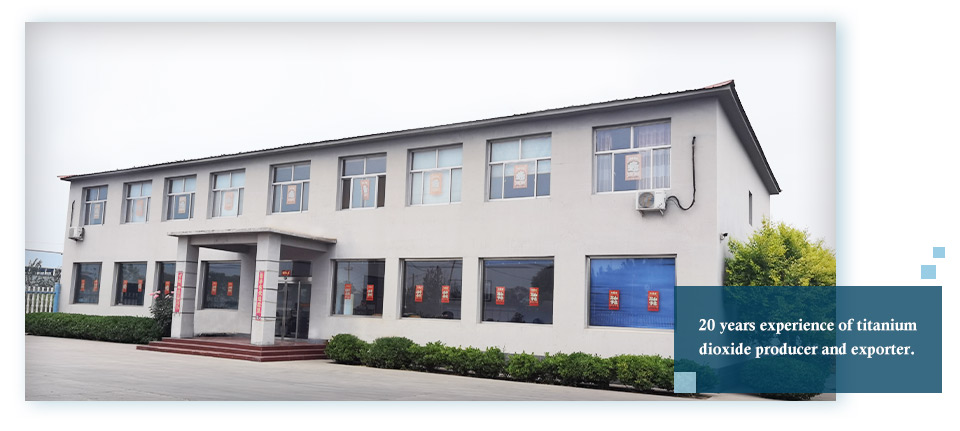
Nov . 06, 2024 17:00 Back to list
Top Suppliers of Titanium Dioxide with Competitive Chemical Percentages and Quality Assurance
Titanium Dioxide Suppliers A Comprehensive Overview
Titanium dioxide (TiO2) is a widely used compound known for its brilliant white color, high opacity, and UV resistance. As a crucial ingredient in various industries, including paints, coatings, plastics, paper, cosmetics, and food, titanium dioxide has become essential in modern manufacturing processes. This article aims to provide insights into the landscape of titanium dioxide suppliers, the factors influencing their operations, and the future trends in the industry.
Understanding Titanium Dioxide
Titanium dioxide is primarily used as a pigment due to its exceptional whiteness and brightness. It is produced through two primary methods the sulfate process and the chloride process. The sulfate process involves the reaction of titanium-bearing ores with sulfuric acid, while the chloride process uses chlorine and is known for producing a more refined product with fewer impurities. Each method influences the quality and application of the final product, which is why understanding the production process is essential for consumers and industries alike.
The Role of Suppliers
Suppliers of titanium dioxide play a pivotal role in the supply chain, providing manufacturers with the necessary raw materials to produce end products. The market is populated by both large multinational corporations and smaller, regionally-focused companies. Major players in the industry include companies like Chemours, Tronox, and Huntsman, which have established themselves as leading suppliers due to their extensive production capabilities and comprehensive distribution networks.
Quality, consistency, and reliability are crucial factors that customers look for when choosing a titanium dioxide supplier. A reliable supplier must ensure that their product meets the required specifications and is delivered in a timely manner, as delays can disrupt production schedules for manufacturers.
Market Trends
chemical titanium dioxide suppliers

In recent years, there has been a noticeable shift in the titanium dioxide market, influenced by several key factors. First, environmental regulations have tightened, prompting suppliers to adopt more sustainable and eco-friendly production methods. The demand for high-quality, non-toxic titanium dioxide is on the rise, particularly in the cosmetics and food industries, where safety standards are paramount.
Moreover, the growing construction and automotive sectors are contributing to the increased demand for titanium dioxide. The construction industry uses TiO2 in paints and coatings to enhance durability and aesthetic appeal, while the automotive sector relies on it for paint applications that improve vehicle appearance and protect against UV degradation.
Challenges Ahead
Despite the positive market outlook, titanium dioxide suppliers face challenges, including fluctuating raw material prices and competition from alternative products. The supply chain disruptions experienced during the global pandemic highlighted vulnerabilities, prompting suppliers to reassess their sourcing and logistics strategies.
Additionally, as the world moves towards a greener economy, suppliers must innovate to develop more sustainable products and processes. This might include using recycled materials or alternative production methods that reduce environmental impact.
Conclusion
In conclusion, titanium dioxide suppliers play a critical role in the manufacturing landscape, providing essential materials for a wide array of industries. As market demands continue to evolve, suppliers must adapt to regulatory changes, environmental considerations, and technological advancements. By focusing on quality, sustainability, and innovation, titanium dioxide suppliers can ensure their relevance and competitiveness in the ever-changing market. The future promises growth and opportunities, making it an exciting time to be part of the titanium dioxide supply chain.
-
Premium 6618 Titanium Dioxide for GPT-4 Turbo Applications
NewsJul.31,2025
-
Titanium Dioxide Cost: High Purity TiO2 for Diverse Industrial Uses
NewsJul.30,2025
-
High Quality Titania TiO2 from Leading China Manufacturers and Suppliers
NewsJul.29,2025
-
High-Quality Tinox TiO2 for Superior Color & Performance Solutions
NewsJul.29,2025
-
High Quality Titania TiO2 from Leading China Supplier & Manufacturer
NewsJul.29,2025
-
High-Performance r6618 TiO2 for Superior Whitening and Versatility
NewsJul.28,2025
